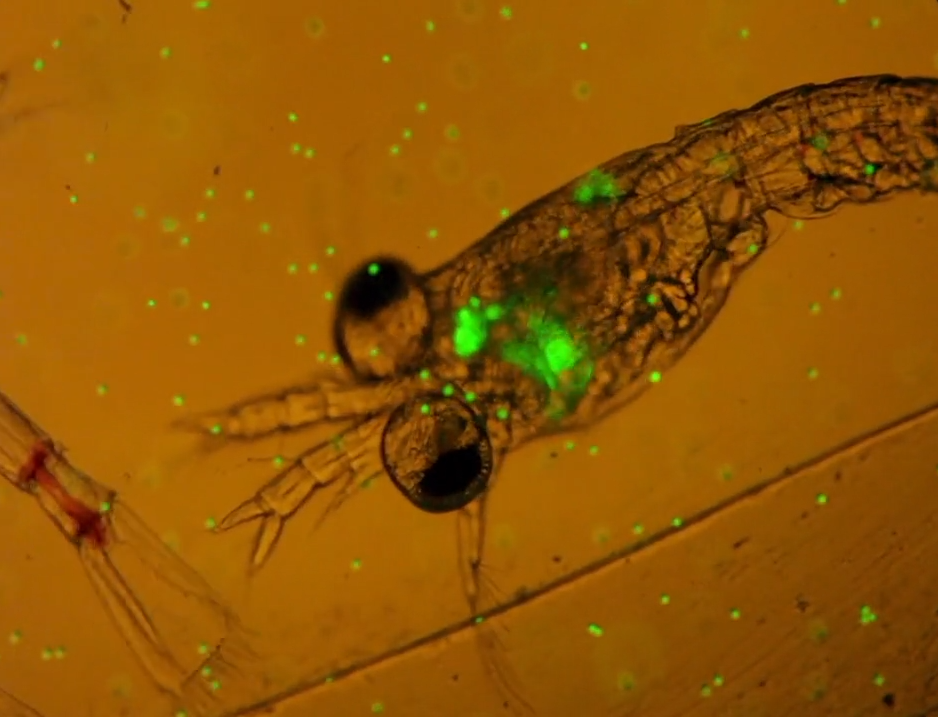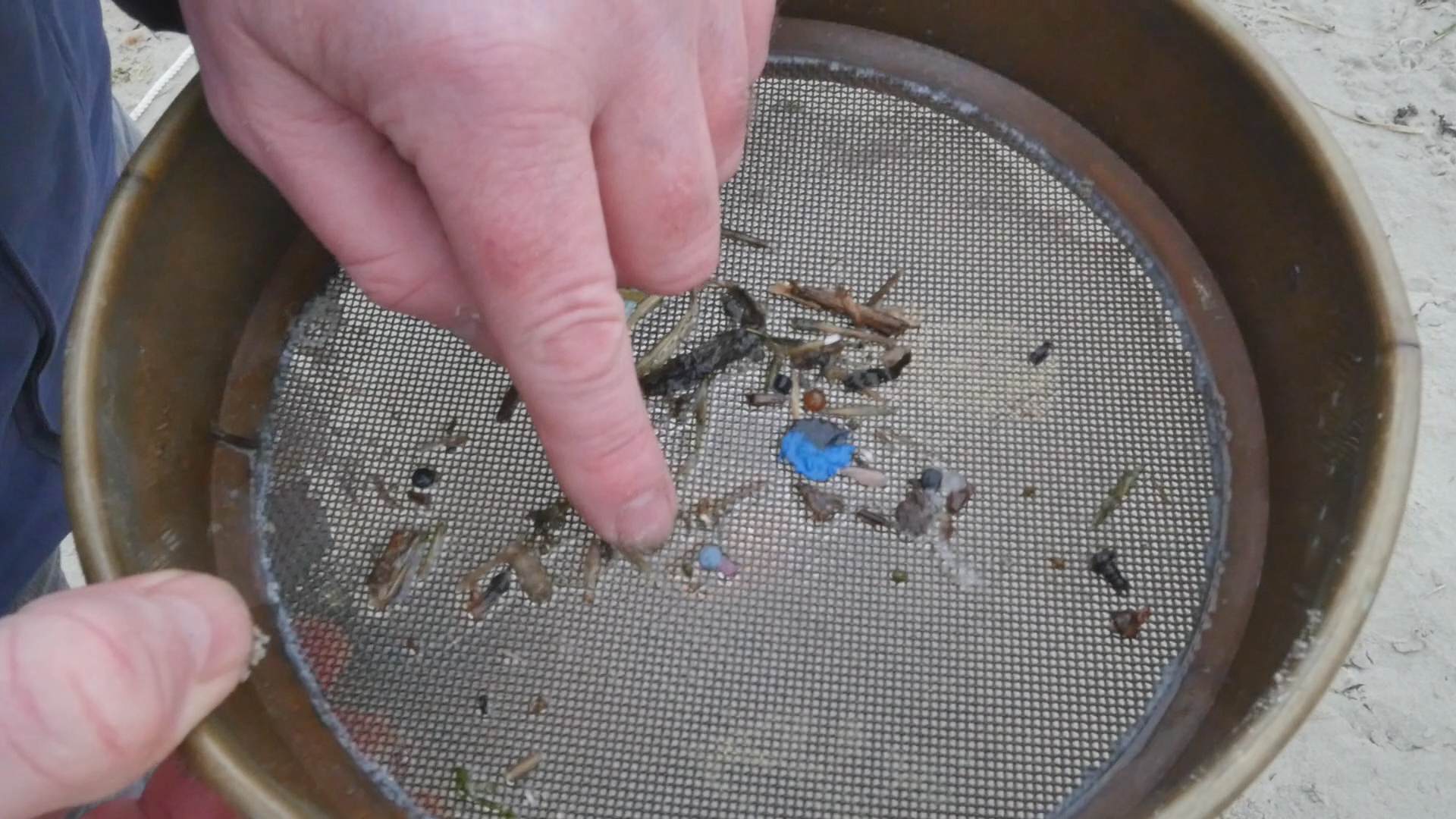What are Microplastics?
Microplastics are small pieces of plastic material that we find in the marine environment and on our beaches and shorelines. Some of them are so small that they cannot be seen with the naked eye. Others can often blend in with the sand and organic material found on beaches making them hard to spot. They are classified into two groups:
- Primary Microplastics – these are materials that were manufactured to be small, such as pre-production pellets (nurdles) and cosmetic micro beads.
- Secondary Microplastics – these are materials that started life as larger products but have been broken down over time by wave action and sunlight.
There have been many attempts to standardise the definition of microplastics over recent years and recently it has become acceptable to classify microplastics as particles less than 5mm in size.


